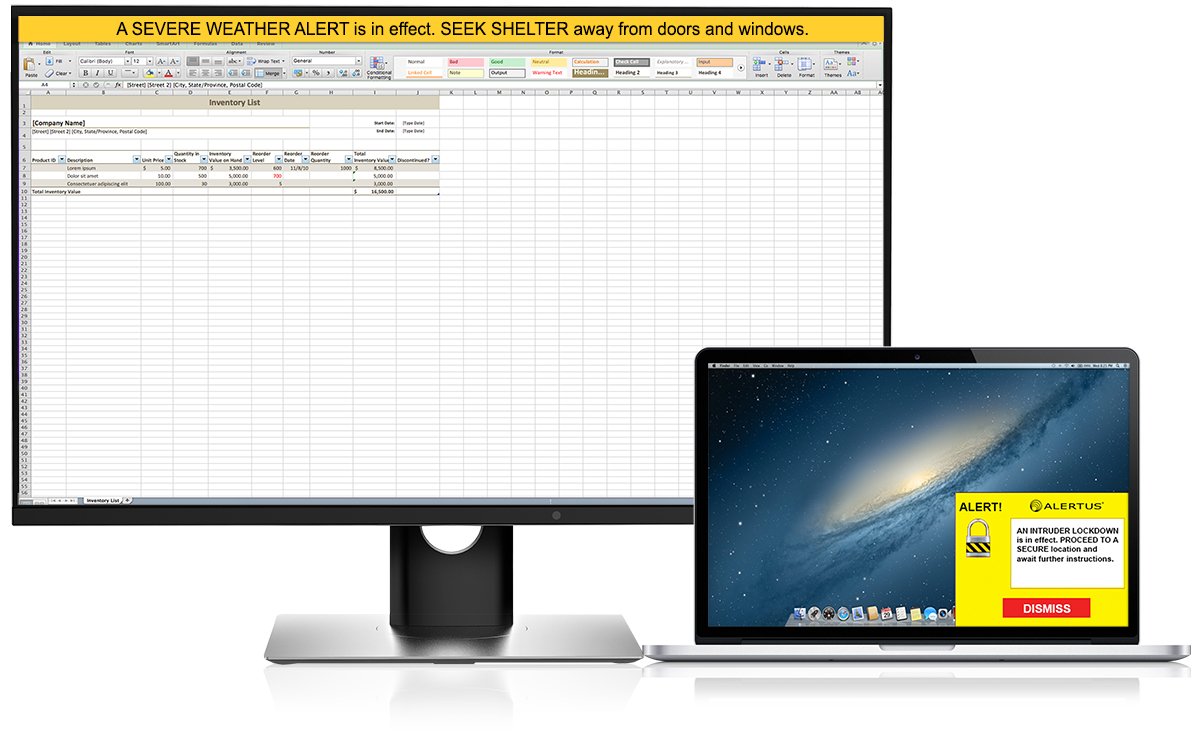Three Simple Steps for Effective Organizational Communication as a Hurricane Approaches
By Gil Zavlodaver, Director of Professional Services at Alertus Technologies
The 2022 hurricane season had an uncharacteristically slow start with just 8 named storms, none of which impacted the US mainland. However, on September 28 Hurricane Ian gathered strength to a catastrophic category 4 Hurricane progressing toward the Florida peninsula. Ian made landfall at Cayo Costa Island on the southwest coast of Florida with maximum sustained winds of 145 mph making it the 5th-strongest hurricane on record to make landfall in the contiguous United States. The storm tragically caused hundreds of deaths and left millions without power, with preliminary damage estimates in the billions of dollars.
In the face of such destruction, feeling a sense of helplessness is normal. But, what can your organization do to be better prepared for the next natural disaster? Unlike other natural disasters such as earthquakes and wildfires that strike with little to no notice, with hurricanes we are afforded time to implement our emergency preparedness plans.
1. One important aspect of our emergency plans is to communicate critical life-saving information to your recipients early and often. The National Hurricane Center forecasters, with their advanced modeling, can at times, provide several days of early warning to include the probable hurricane trajectory. With any modeling, there is uncertainty and the track will change over time, but there is valuable time to act.
2. Organizations should also educate and empower recipients to prepare such as stocking up on food, water, medical supplies, medications, collecting important documentation, and fuel, to name of few. A full list of emergency supplies can be accessed here. Furthermore, your emergency messaging should direct recipients to their local public safety officials who will provide critical information such as evacuation zones, shelter locations, road closures, and the potential impacts if they shelter in their homes.
3. Organizations can utilize Alertus Desktop™ to provide important emergency preparedness information such as hurricane forecasts via the “scrolling ticker” feature at the top or the bottom of your recipients’ laptop/desktop computer screens. This is a highly effective, non-intrusive tool to relay non-emergency – yet vitally important – information of hazards and threats that may pose a threat to health and safety at a future time. This is an extension of your organization's call to action message to arm your recipients with information so they can take the necessary steps to prepare for impending severe weather such as a hurricane.




